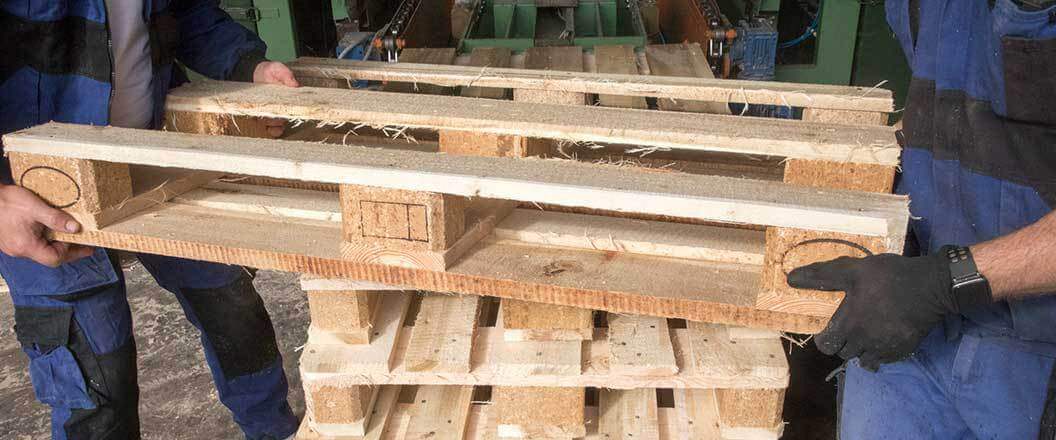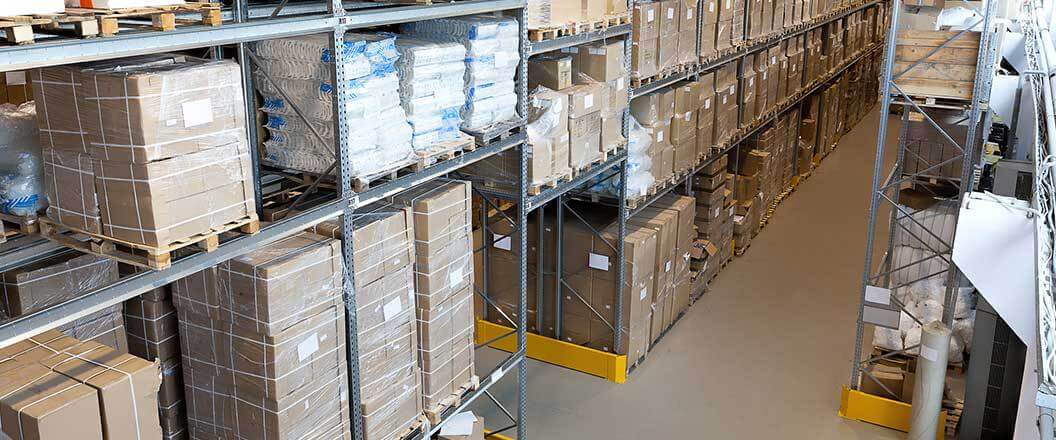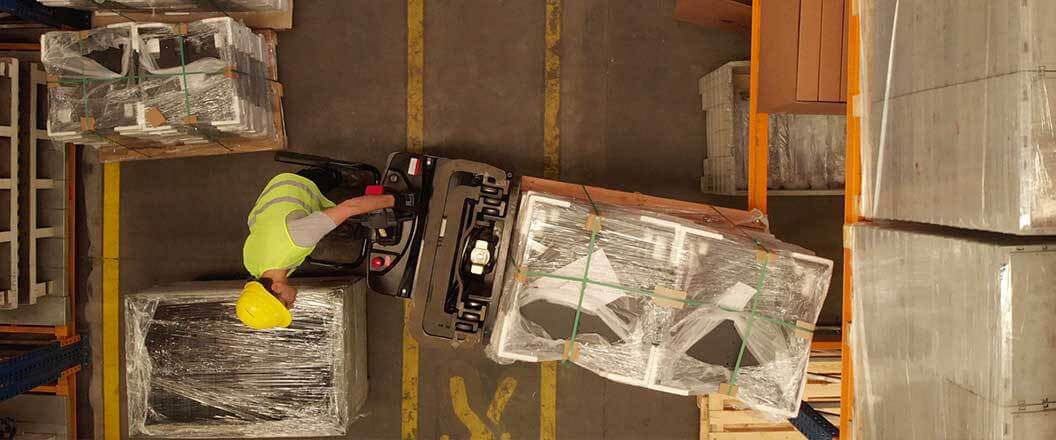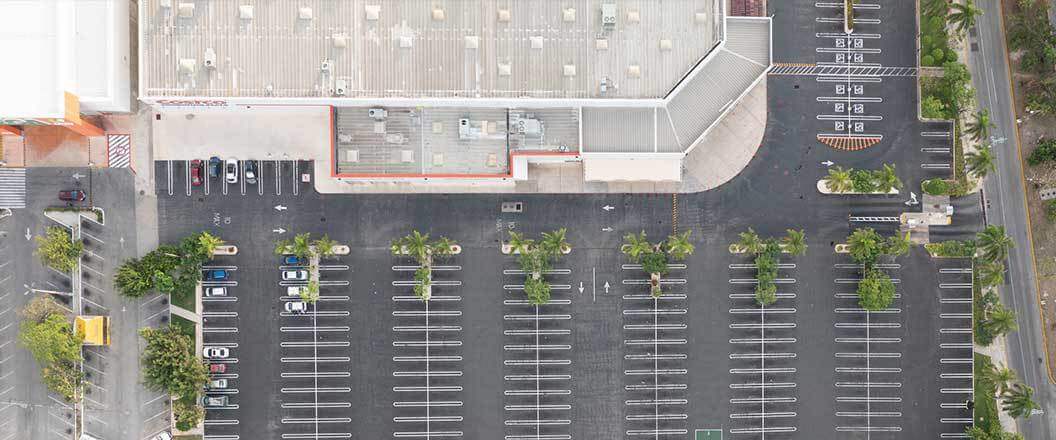Knowing the fine details of Costco pallet requirements is essential if you want to become one of their vendors. Like many retailers around the country, Costco has a specific set of guidelines that palletized freight shipments have to follow. Fortunately, pallet requirements for palletized Costco freight can be easily broken down into some simple steps.
Key Takeaways:
We’ll explain the specifics of Costco’s pallet requirements so you can successfully ship your palletized goods to them.

The first thing you need to do when following Costco’s requirements for palletized freight is to obtain a pallet that they’ll accept. There are a few general rules that your pallet will need to abide by. Additionally, all Costco pallets must meet a heat treatment requirement to be accepted.
When picking out a pallet or pallets to use for your shipment of freight to Costco, you’ll need to make sure that it has some of the following characteristics:
While pallets have a size limit of 48”X40”, you can choose to use pallets that have smaller proportions than this. That said, you should make sure that whatever pallet you use will be able to hold the freight that you’ve loaded onto it without there being any overhang.
Costco also requires vendors to ship palletized freight on pallets made by specific companies. The type of pallets you use and which company makes them will be determined based on the location of the Costco you’re shipping freight to. The pallet companies you can use and when to use them are listed below:
There are some occasions where using pallets made by the companies listed above won’t be an option for you. Some instances where this might occur could be when you’re transporting oversized goods. In situations like these, you’ll need to obtain approval from Costco in advance. Once you’ve gained approval, you’ll be permitted to use purpose-built pallets for your shipment.
Another requirement that you’ll need to fulfill when shipping goods to Costco are the International Standards for Phytosanitary Measures No. 15 heat treatment requirement. Also known as ISBM-15, this regulation must be met when transporting freight on wooden pallets internationally.
Various insects and diseases can be found within wooden materials like pallets. When a pallet comes from another country, it could carry these pests within them. Once they arrive in a new country, the insects and diseases within the pallet can spread and start to wreak havoc on the plants and ecosystems of the country the pallet arrived at.
The ISPM-15 regulation requires wooden packing materials such as pallets to undergo heat treatment to avoid scenarios like these. To satisfy this regulation, two procedures need to be performed on the pallets. The two options are:
Most pallets are made from a variety of different woods, with two different species being the most common. We’ve listed these two common wood species and the percentage pallets made from them.
| Pine | 18 percent |
| Oak | 17 percent |
Either of these options will suffice for this regulation and once completed, the pallet can receive the ISBM-15 stamp of approval. The only time you won’t need to complete this requirement is if you’re shipping freight to Costco on iGPS plastic pallets.
Check out our articles on Walmart pallet requirements and Amazon pallet requirements if you’d like to have more options on where you want to send your goods to.

Before you can start loading your freight onto a pallet, you’ll need to complete one more requirement. Costco requires that the packaging of all palletized freight sent to them must pass the International Safe Transit Association (ISTA) pre-shipment tests.
There will be two pre-shipment tests in particular that your packaged shipments must be able to pass:
ISTA 1A is used to determine if the packages being shipped are durable enough to last while it’s in transit. This test, in particular, is applied to individually packed products that weigh 150 pounds. During the ISTA 1A test, your packages will go through vibration and shock testing.
The ISTA 3E test is designed specifically for palletized freight shipments. This test simulates the shipping environments that palletized shipments will be subject to while they’re in transit. Like the ISTA 1A test, the ISTA 3E test subjects palletized loads to vibrations and shocks to check their integrity.
To get your shipment certified by the ISTA, you’ll need to become an ISTA member. Once you do, you’ll just need to follow their transport testing laboratory certification procedures. ISTA provides videos for this procedure that easily explain each step.
An ISTA certification will show that your palletized shipment of packages can withstand vibrations and shocks while in transit. That said, Costco also requires that the packages you use are strong enough to withstand some of the other factors that they could be subjected to, such as:
You’ll have little to no control over what environments your packages will go through while in transit. Therefore, it’s imperative for the well-being of your goods and to obtain acceptance by Costco that you make sure that the box or boxes carrying your goods can survive these environments.

Once you’ve obtained a pallet that’s accepted by Costco and ensured that they’ve passed the ISTA 1A and 3E tests, you can begin preparing your shipment for loading. Costco has some fairly specific guidelines for loading pallets, so you’ll need to make sure you follow them accordingly.
The first step of Costco’s loading procedures you’ll need to take care of is their stacking procedures for palletized shipments. In particular, Costco is concerned with the ability to stack freight on pallets to withstand the weight. Costco’s requirements for stacked freight on a pallet are as follows:
While 751 pound palletized shipments must be able to hold 2,500 pounds on the bottom layer, Costco doesn’t accept palletized shipments with a total weight heavier than 2,500 pounds. Freight can be stacked on a pallet using a variety of different methods. Costco doesn’t specify which stacking method you should use in particular, but there are a few good rules to go by when you start stacking:
Having heavier packages on the bottom will prevent you from crushing lightboxes. Heavy boxes on the bottom layer can also better withstand weights of 1,500 to 2,500 pounds. One last Costco requirement that you’ll need to consider when stacking freight onto a pallet comes in regards to display-ready packaging.
Costco requires that these types of boxes at least have the display-ready part facing outward on the 48” sides of the pallet. If possible, Costco recommends the display-ready side facing outward on both the 48” and 40” sides.
Costco requires that all palletized shipments sent to them adhere to strict load dimensions. These guidelines are:
Overhanging freight on a pallet can cause the freight loaded on it to be damaged. Likewise, freight that has an underhang could weaken the integrity of your stacked freight. Costco recommends using a pallet footprint of 47.4”X39.5”.
The footprint is a supply chain term used to describe the width of a pallet. While you don’t have to use this specific footprint, it will help you maximize space.
Layer sheets are an item that is often used when palletizing freight. The purpose of layer sheets is to give your palletized load more stability. Costco requires layer sheets for some, but not all, palletized freight shipments that are sent to them. The palletized shipments that do require layer sheets are:
First, we’ll discuss Costco’s layer sheet guidelines for palletized shipments of display-ready corrugated packaging. For these types of palletized shipments, apply layer sheets in the following manner:
The layer sheet requirements for palletized bagged products are a little bit more simple. Simply place a sheet on the bottom layer of the product and the top of the loaded shipment.
The last part of Costco’s pallet loading requirements that you’ll need to suffice is the securing requirements. As with the layer sheet requirements, Costco’s pallet load securing requirements vary based on the freight that’s being transported on the pallet.
Costco has specific securing requirements for the following types of palletized freight shipments:
The requirements for products in display-ready corrugated packaging and products in fully enclosed corrugated shipping containers are the same. To secure this form of palletized freight shipment follow these steps:
Costco recognizes how difficult it is to secure bagged freight to a pallet. Therefore, they allow shippers of freight to use one of three options to secure their bagged freight to a pallet. These options are:
Any of these three options are allowed by Costco when shipping palletized bagged shipments. To get information on some universal shipping practices, check out our article on 12 common shipping mistakes.

Costco doesn’t explicitly state which documents should accompany a palletized load, but it’s safe to say that you should include all of the essential shipping documents with your load. The essential documents that you’ll need include the following:
If your palletized shipment has hazardous materials within its contents, you’ll need to include the appropriate hazardous materials paperwork. Our article on documents required for domestic shipping will provide you with more information.
If you’ve got a palletized load that you need to be shipped to Costco, USA Truckload Shipping can help you get it there. We partner with numerous small carriers all over the country to accommodate our many customers. We offer standard truckload shipping for normal palletized loads. However, we also have refrigerated shipping partners that move your cold or frozen palletized goods.
Another service that we provide is freight insurance. Palletizing your load to Costco’s standards is important to keep your freight safe. That said, there’s always a possibility that something could go wrong and that your shipment could suffer damages. Freight insurance will keep you protected should something like this occur.
If you’re ready to ship, fill out your quote or call our team at (866) 353-7178 if you have any questions.
R+L Global Logistics
315 NE 14th St., Ocala, FL 34470